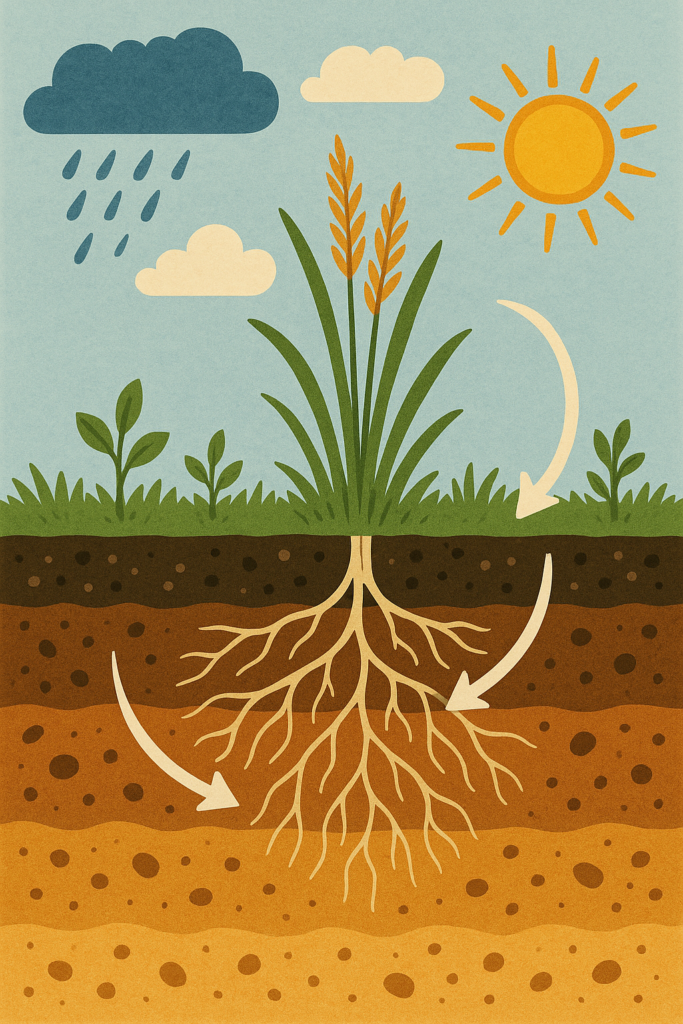The silent players that decide whether a tree thrives or dries up – soil and microclimate, and yet, they remain some of the most underappreciated yet essential elements in sustaining resilient ecosystems.

Soil and microclimate aren’t separate forces they work together like a team. Healthy soil holds onto moisture, keeps the ground cool, and even reduces temperature swings around young plants. In turn, a stable microclimate protects the soil from drying out or eroding. When one improves, the other follows. This connection is key in reforestation if the soil is poor or exposed, the microclimate becomes harsh, making it tough for trees to survive. But when both are in balance, nature does the rest.
.When we think about climate, we tend to think big global warming, melting glaciers, rising sea levels, or shifts in rainfall and temperature. These are the headline-makers: vast, sweeping changes that shape our planet. But for a young tree trying to grow, the real challenge lies in something much smaller and more immediate than microclimate.
A microclimate is the localized climate of a small, specific area, sometimes just a few square meters wide. It is influenced by subtle factors such as sunlight exposure, wind patterns, soil moisture, air humidity, and even the shape or slope of the land. These microenvironmental factors can determine whether a newly planted sapling thrives or fails. Think about placing two identical saplings within a short distance from each other. One is protected from severe winds and grows in a moist, shaded hollow, the other one is standing on bare, sun-baked ground, where wind thrashes its delicate stem and water swiftly evaporates. One is probably going to do well, while the other might not make it through its first season.
By paying attention to microclimates, we can create favourable conditions that support both early survival and long-term resilience. Techniques such as applying mulch, preserving ground cover, or planting in clusters aren’t just best practices they are microclimate interventions. They help cool the soil, conserve moisture, and reduce wind stress, giving saplings a stronger start, but even the best microclimate won’t help if the soil below is broken.
Soil and microclimate often go unnoticed you won’t find them in photographs of green landscapes or time‑lapse videos of forest recovery. Nevertheless, they are the invisible drivers that encourage ecosystem restoration, the intangible workforce that facilitate regeneration.
When we take steps to restore soil health and learn more about how microclimates work, we do more than just help trees grow. We also support whole ecosystems, increase biodiversity, improve water retention, and store more carbon. This sets the stage for forests that can survive, adapt, and thrive even as the climate change. Because planting trees is only the first step. The stability of the microclimate and the condition of the soil beneath and surrounding them are what ultimately govern their future. These silent forces determine whether a patch of green turns into a healthy, long-lasting forest and whether a sapling grows into a tree.

